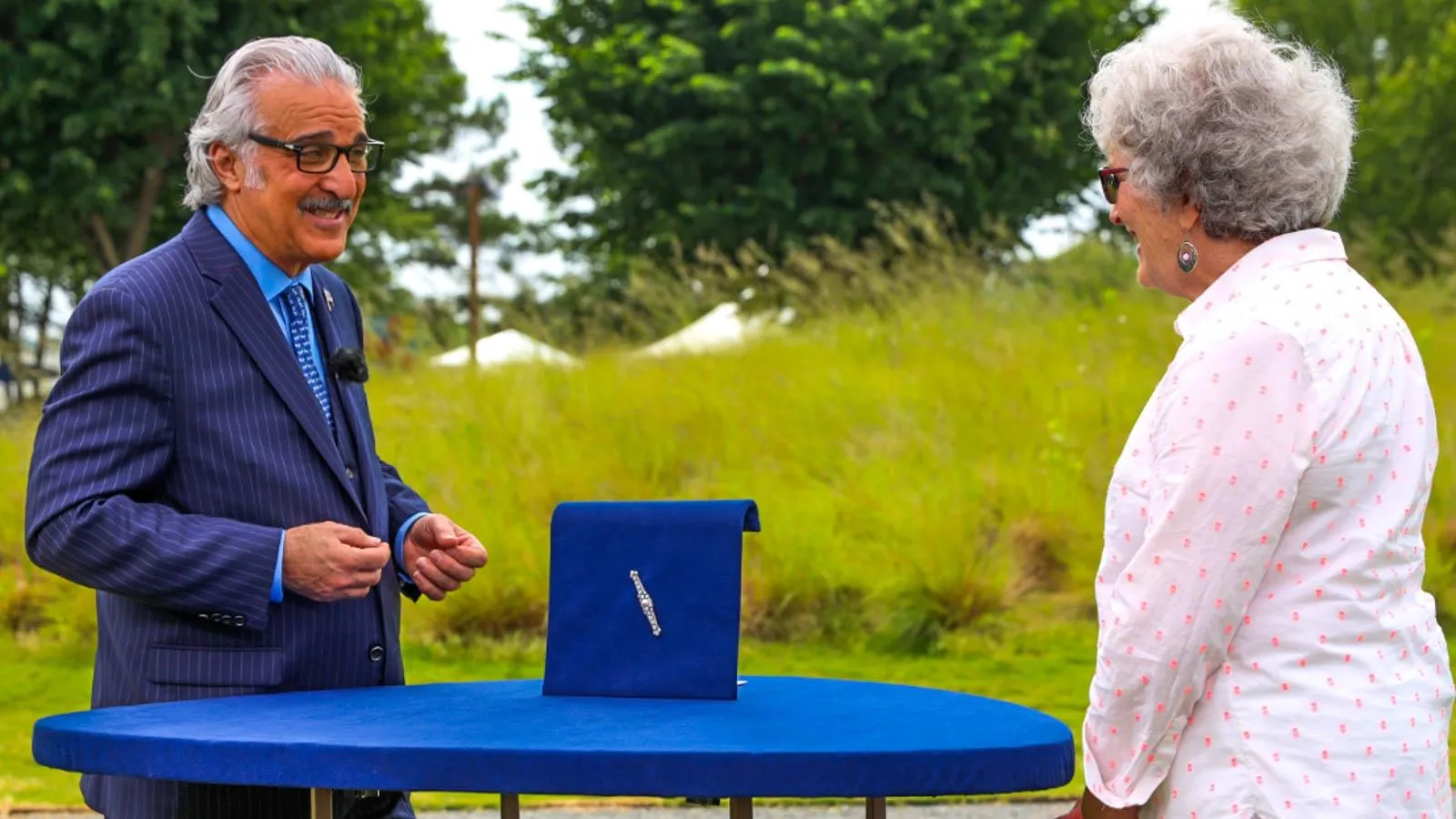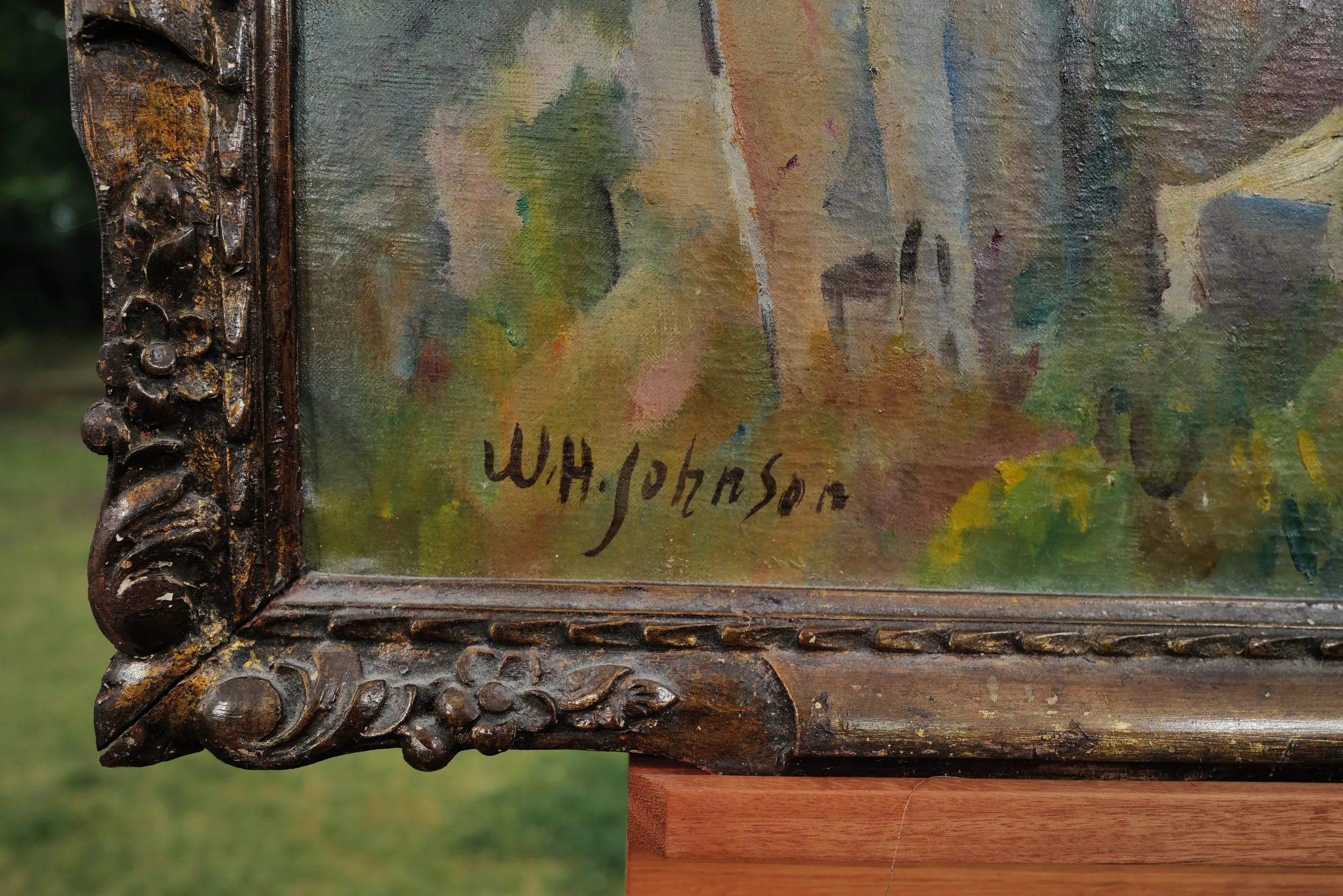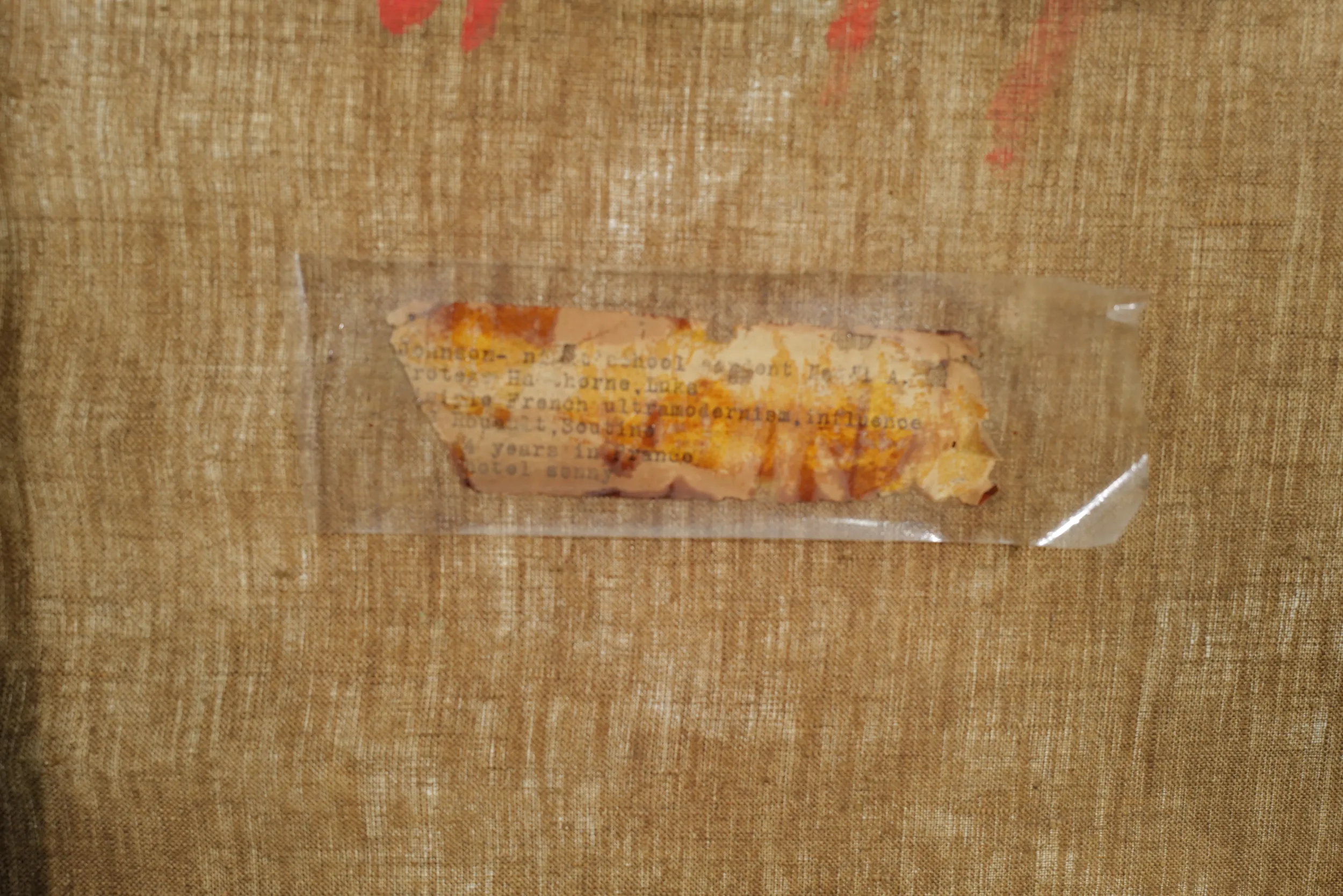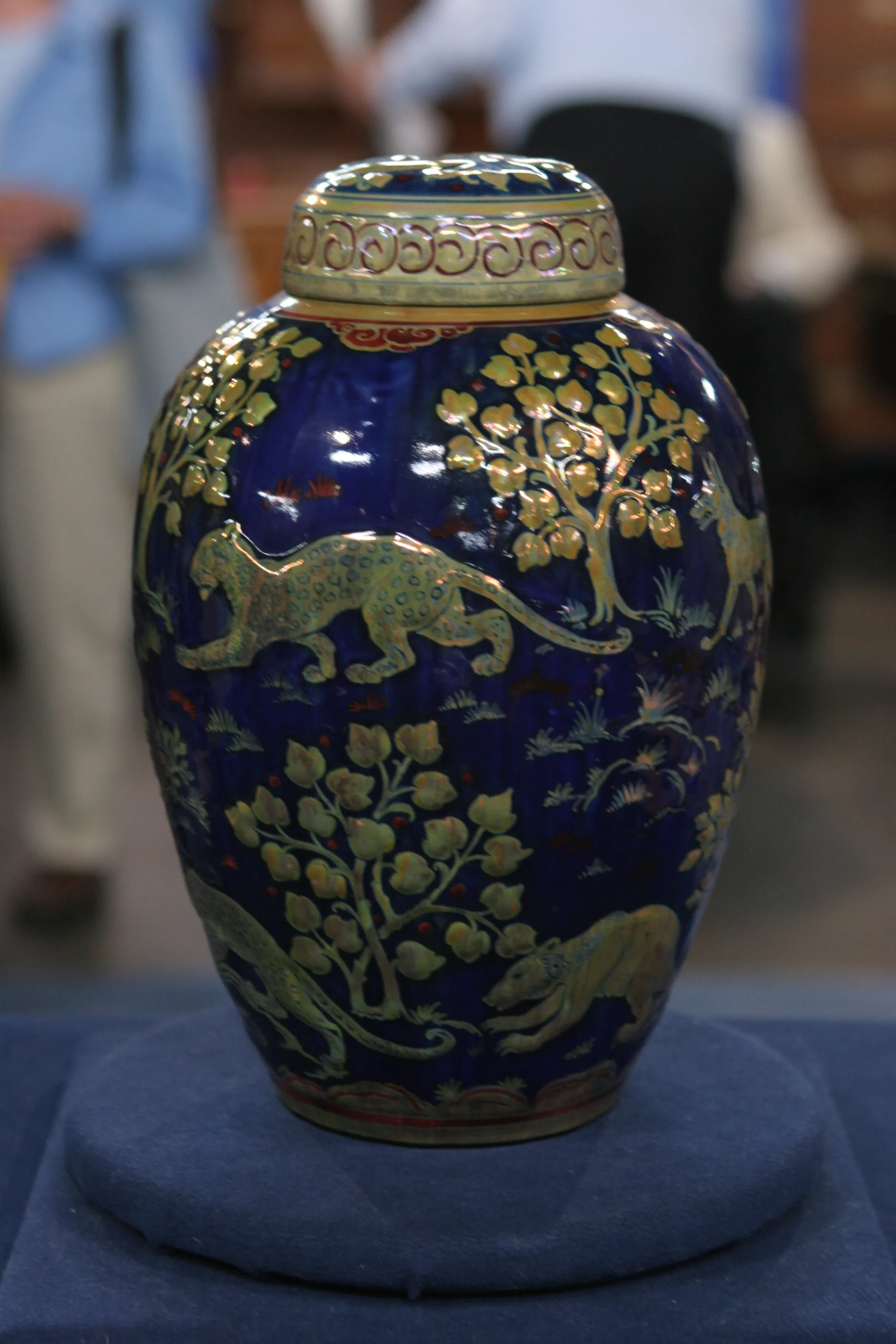GUEST: My grandmother was an artist, and she collected all kinds of things. I don't think there was a junk shop that she hadn't explored. And then my mother inherited it. And then, when my mother passed, I got it. I know it's a Johnson, and he was a Black painter. I don't know much more than that.
APPRAISER: Do you know how much your grandmother paid for it when she found it or--?
GUEST: No idea.
APPRAISER: So this is a, an oil on canvas painting...
GUEST: Okay.
APPRAISER: ...by William Henry Johnson.
GUEST: Okay.
APPRAISER: And he was an African American artist. He was born in Florence, South Carolina in 1901. He saved up enough money to go to New York City...
GUEST: Mm-hmm.
APPRAISER: ...and study at the National Academy of Design...
GUEST: Okay.
APPRAISER: under some pretty well-known teachers there. One of them was Charles Hawthorne, who was an important painter at the time. Several years later, in the '20s, he was able to go to France, and he was very influenced by the French artists that he met there...
GUEST: Okay.
APPRAISER: ...particularly an artist named Chaïm Soutine, who was an expressionist painter, a modern painter. And in 1928, he traveled to this area in Southern France called Cagnes-sur-Mer, and did a series of paintings, which is where this was painted.
GUEST: Okay. Yeah.
APPRAISER: So this is part of that series. Uh...
GUEST: Okay. So that would have been a, kind of, an early work or...?
APPRAISER: Yeah, he would have been in his, uh, mid-to-late 20s then.
GUEST: Okay, yeah.
APPRAISER: So it's one of his earlier paintings. This painting was done in Cagnes-sur-Mer, uh, probably in 1928. He returned to the United States in late 1929, was active, uh, painting in Harlem. He worked with the Harmon Foundation, which supported African American artists. His wife, who was Danish, she was a textile artist...
GUEST: Okay.
APPRAISER: ...and her work and the work that he saw in Denmark folk art, influenced his later style, which is very simple, bright colors, almost naïve, so very different from, from this period of his work.
GUEST: Yeah.
APPRAISER: His wife died in 1944. He had advanced syphilis...
GUEST: Oh. Mm...
APPRAISER: ...and that had caused him a lot of physical and mental problems. And he spent the last 23 years of his life in an institution. So his painting career was relatively short. He stopped painting at all, uh, when he was about 46 years old. The works from this period as well as his later period are quite rare. So it's signed by him right here...
GUEST: Yeah.
APPRAISER: ...which is typical of his signature. He always signed W.H. Johnson.
GUEST: Okay.
APPRAISER: On the back, he has painted the title, which is "Late Spring View on the Village Mountain." Okay. It identifies the town as Cagnes-sur-Mer in France.
GUEST: Right.
APPRAISER: It's got some condition issues. It's not very tight in the canvas...
GUEST: Okay.
APPRAISER: ...which just happens over time. There's some cracking that you can see here. Yeah, yeah, okay. But, overall, the painting is in good shape.
GUEST: Okay, all right, little tune up.
APPRAISER: It just needs a little, needs a little tune up. His later works depicted African American subjects, scenes from African American life. And so those have been the things that are, that are more collected and more desirable.
GUEST: Sure.
APPRAISER: In the condition that it's in now, in a retail, like, gallery setting, I think this painting would sell for $80,000 to $120,000.
GUEST: (laughs) That's incredible. (laughs) Wow, I had no idea, and that's why I brought it.
APPRAISER: If you were to have it taken care of, you would spend a few thousand dollars...
GUEST: Sure.
APPRAISER: ...to have it taken care of,
GUEST: Well, yeah.
APPRAISER: and then the value would increase substantially.
GUEST: Oh, okay.
APPRAISER: It would probably be worth between $150,000 and $175,000.
GUEST: Right. Okay.













